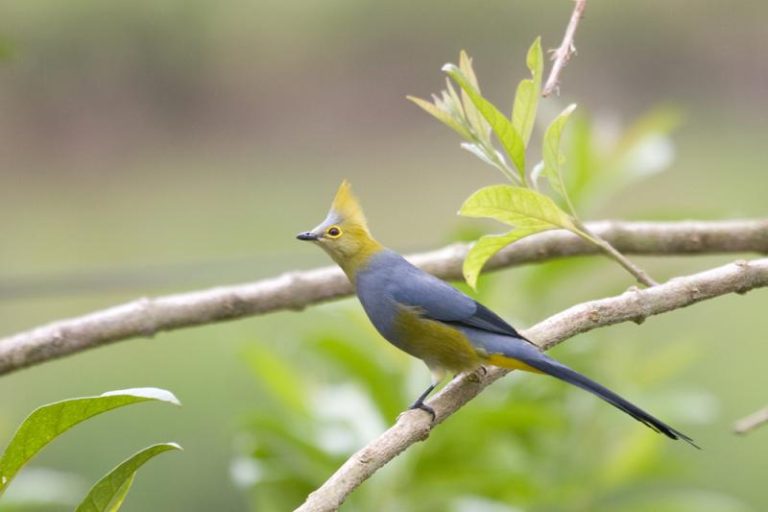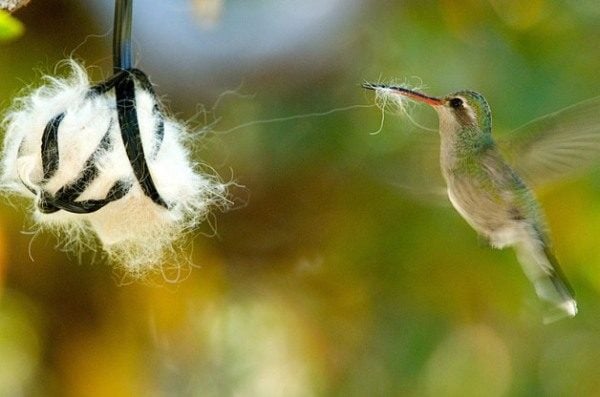
Grandala coelicolor is a species of bird that belongs to the family Turdidae, which is sometimes known as the thrush family. This particular species is the only one that belongs to the genus Grandala. It is an insectivore that dwells in the low to middle elevations of the Himalayas and in certain locations that are near to both of these mountain ranges1. Bhutan, India, Myanmar, Nepal, Tibet, and China are all places where it may be discovered found. With a body that is a deep blue hue, a head that is black and white, and wings that are black with yellow patches, the grandala is a bird that is both stunning and vivid. About 20 to 23 centimeters in length, it weighs between 38 and 52 grams.

Over the course of its life, the grandala consumes a wide variety of foods, the majority of which are seeds, particularly those of sunflowers, dandelions, and more. Additionally, it consumes a variety of fruits, berries, buds, and insects. The animal frequently forages in groups, hanging from the branches in an inverted position in order to get to the food. Although it does not have a very strong vocal range, it does have a beautiful and melodic song that is made up of trills, whistles, and twitters. It also has a call that is very recognizable, which may be described as “tswit-tswit” or “ti-ti-ti.”

There is a period of time between April and July when the grandala is able to reproduce. Grass, moss, lichen, and feathers are used in the construction of a cup-shaped nest that it constructs in a tree or shrub. It lays between four and six eggs, each of which is a light blue color with dots that are a reddish-brown color. Over the course of around twelve days, the female is responsible for incubating the eggs, while the male is responsible for feeding her. After around 15 days, the chicks are able to fly after being fed by both of their parents.

Within the culture and mythology of some places, the grandala holds a unique and significant position compared to other animals. It is believed by certain tribes in India that it is a holy bird, and they believe that it brings wealth and good fortune to their communities. The mythology of Guru Padmasambhava, who is claimed to have turned into a grandala in order to fly to Tibet and propagate Buddhism, is also connected to this place. The term “nilkantha” is used in Nepal to refer to this phenomenon, which literally translates to “blue throat.”

This bird, the grandala, is very extraordinary and deserving of our attention and appreciation. It is a representation of the variety and splendor of nature, as well as a source of motivation and happiness for a great number of people. We really hope that you have gained some intriguing knowledge and new perspectives about this incredible bird as a result of reading this post.





